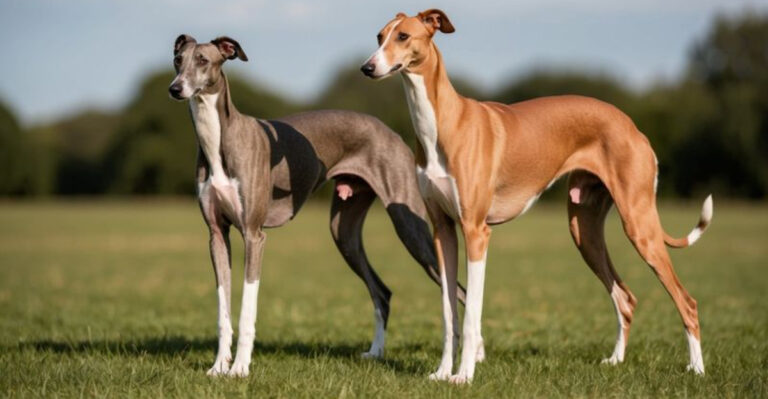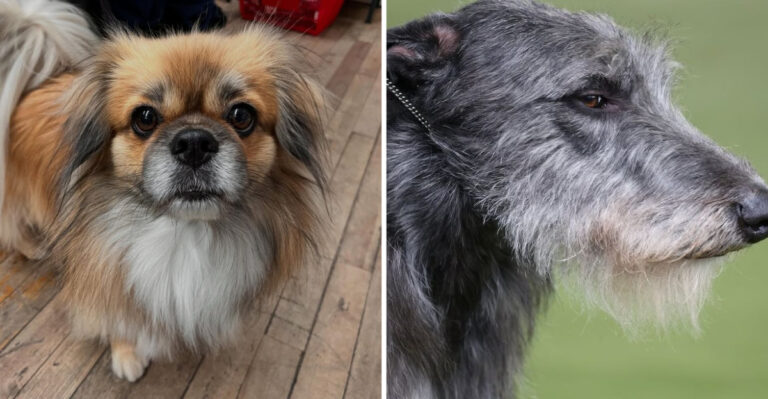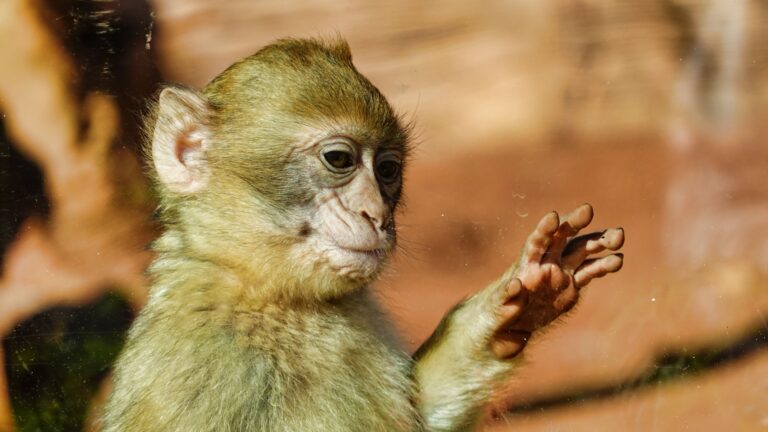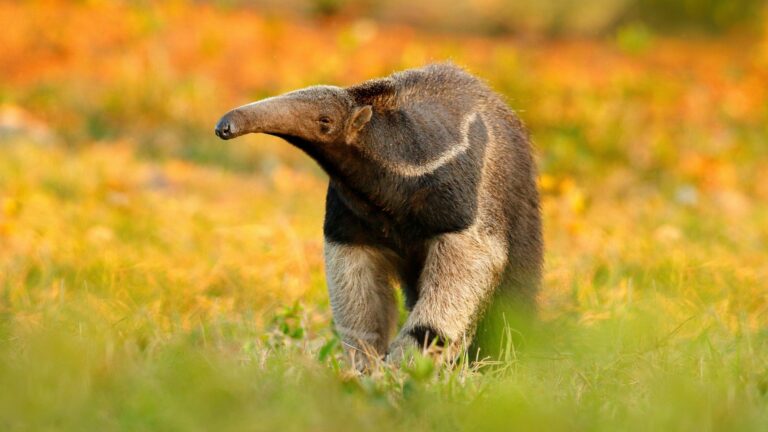15 Big-Nosed Cat Breeds With Bold Personalities
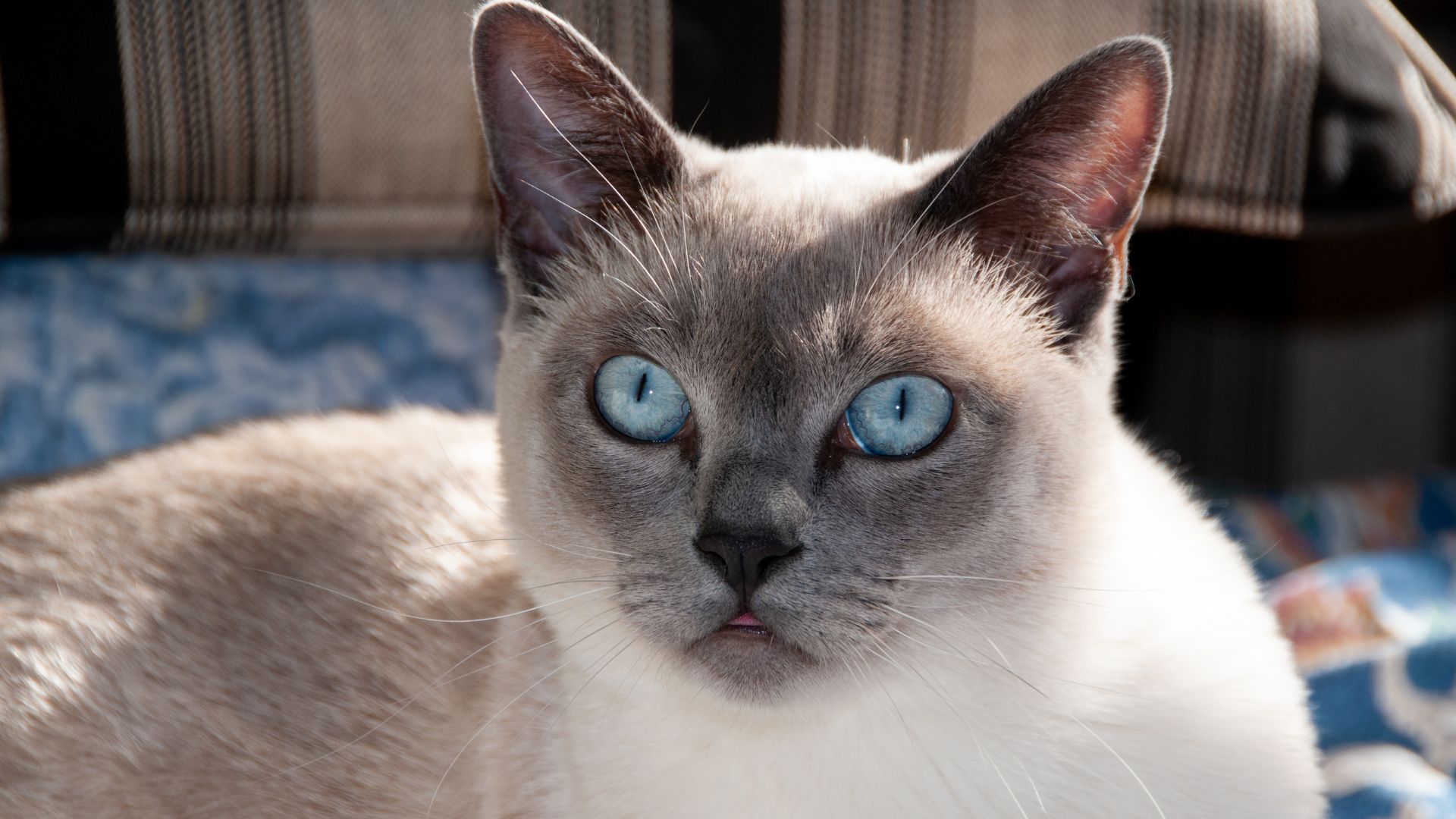
Today, we will take a closer look into the world of cats with strikingly large noses. But hold up, that’s not all they’re known for. All of these cats have personalities as unique as their noses, and they will surely steal your heart!
And just before we start, I have a joke I must tell you:
Why did the cat with the big nose get kicked out of the library?
Because it couldn’t stop sticking its nose in the books!
It’s pretty funny, right? Well, for me at least…
Okay, with no further ado, let’s meet the top cat breeds that are blessed with big noses (and even bigger personalities)!
1. Oriental Shorthair
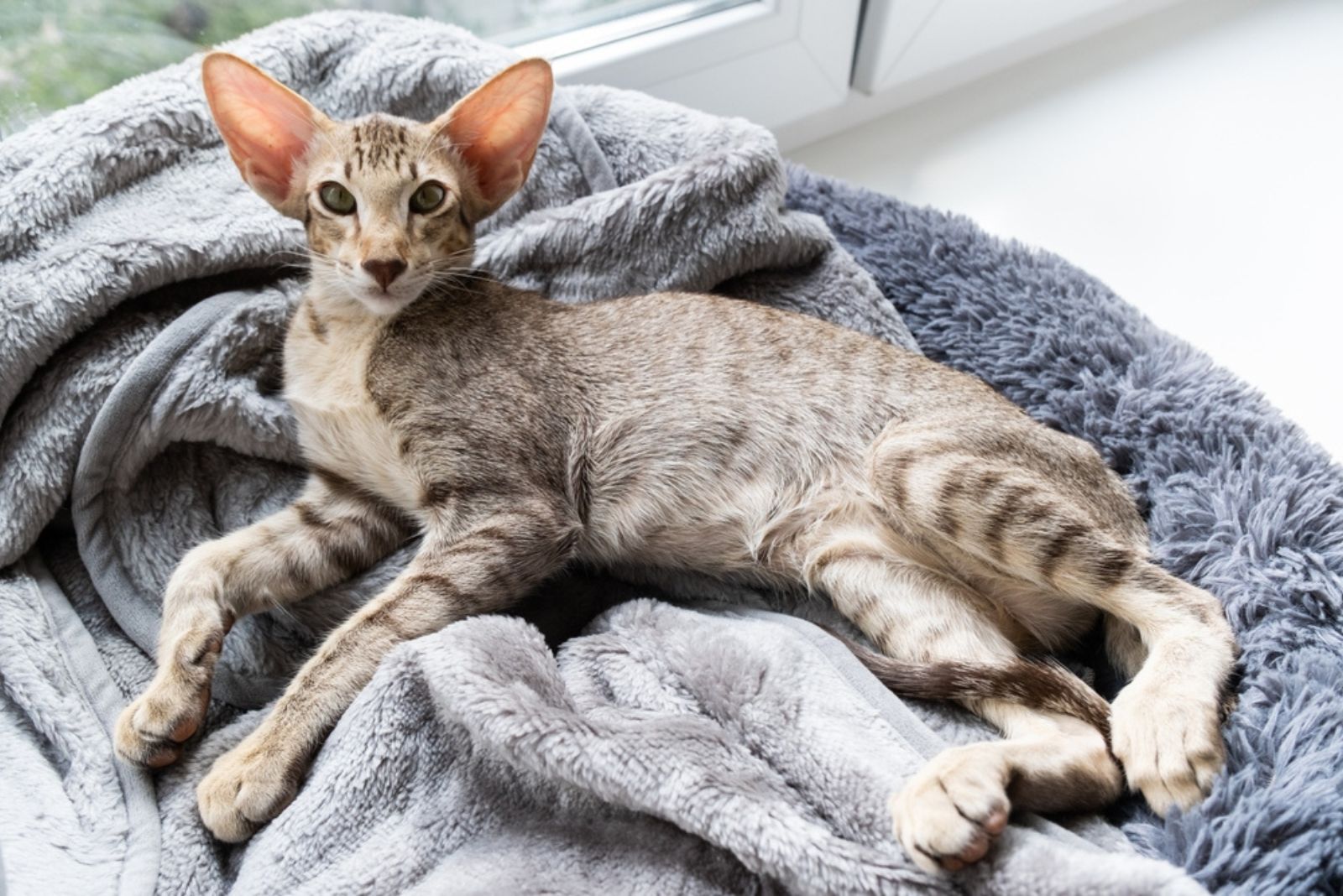
Did you know that the Oriental Shorthair is a domestic cat breed that descended from the Siamese cat? This can be observed in their typical Siamese-like head and body shape.
However, they have one important difference – Oriental Shorthairs come in a variety of coat colors and patterns. That’s in contrast to Siamese cats, which always have color-point coats.
To generate a more varied selection of coat colors and patterns, Siamese cats were crossed with other breeds, including the Abyssinian and the British Shorthair.
One thing that comes to mind when I think of Oriental Shorthairs is their almond-shaped eyes, which are usually green. They have characteristic small heads, which makes them stand out.
They are active and friendly cats who enjoy snuggling and napping on your lap. They are pretty outspoken, and not afraid to seek the attention they deserve!
3 Fun Facts About Oriental Shorthairs:
• They are quick and agile, making them good hunters
• They are also known to be good at solving puzzles and learning new things
• They enjoy climbing, jumping, and chasing toys
2. Javanese Cat
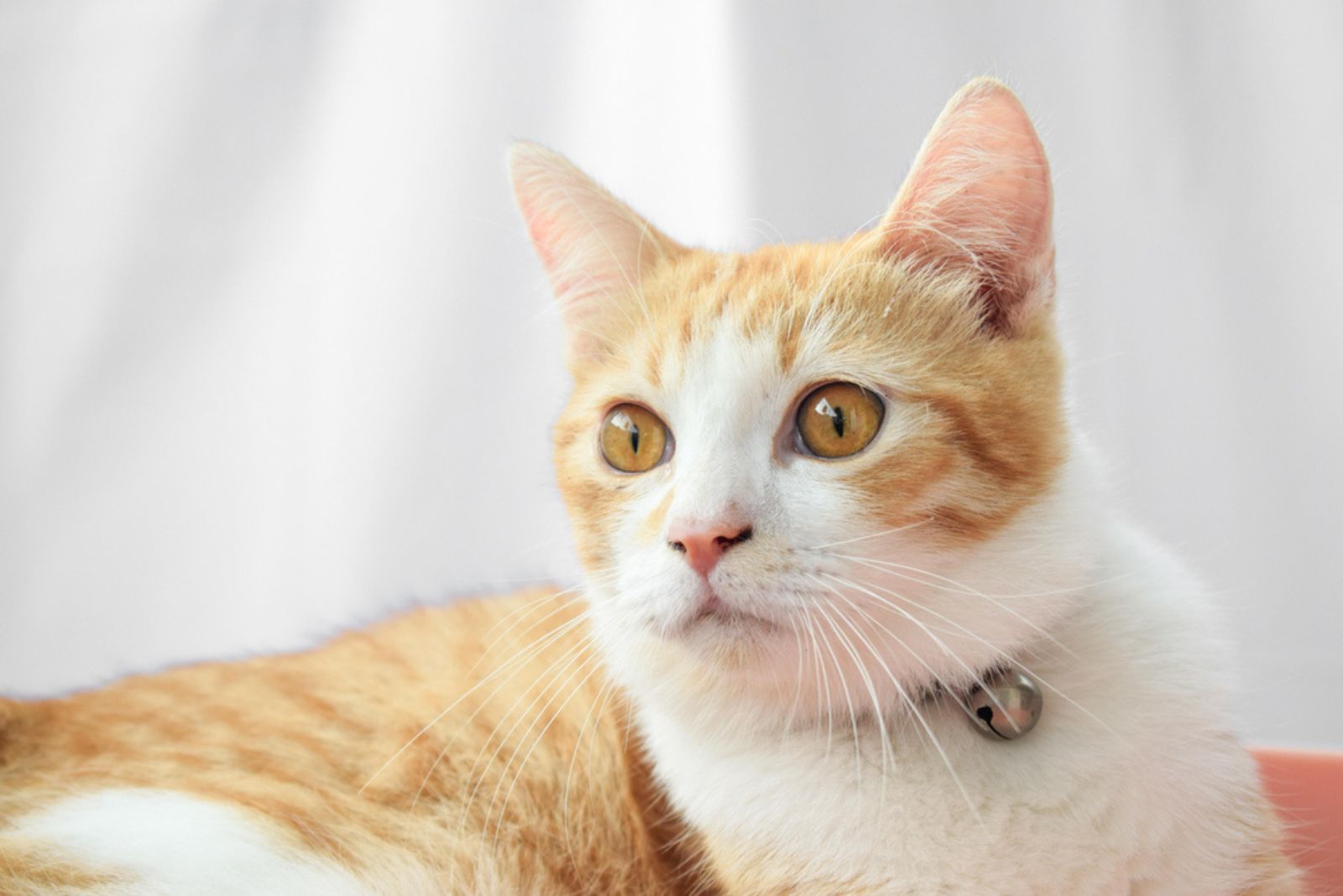
Javanese cats are very popular cats among cat enthusiasts, but are considered to be quite rare. In fact, I don’t know a single person that owns a cat of this breed, do you?
These kitties are slender and somewhat muscular, which gives them the ability to be excellent jumpers, which they are! A Javanese cat will jump on the top of your refrigerator in the blink of an eye, and will do so effortlessly.
Cat owners that are fond of quiet, these kitties might not be the best choice for you, as they’re very vocal, sometimes, for no real reason!
These cats need physical exercise and mental stimulation more than other domestic cats, so you have to ensure they’re regularly entertained by humans or other pets.
3 Fun Facts About Javanese Cats:
• They are very intelligent – they can easily be taught tricks and commands.
• They are very vocal, just like their ancestor, the Siamese cat.
• Some cat registries don’t consider them to be a stand-alone breed, and categorize them as a type of Balinese cat.
3. Devon Rex
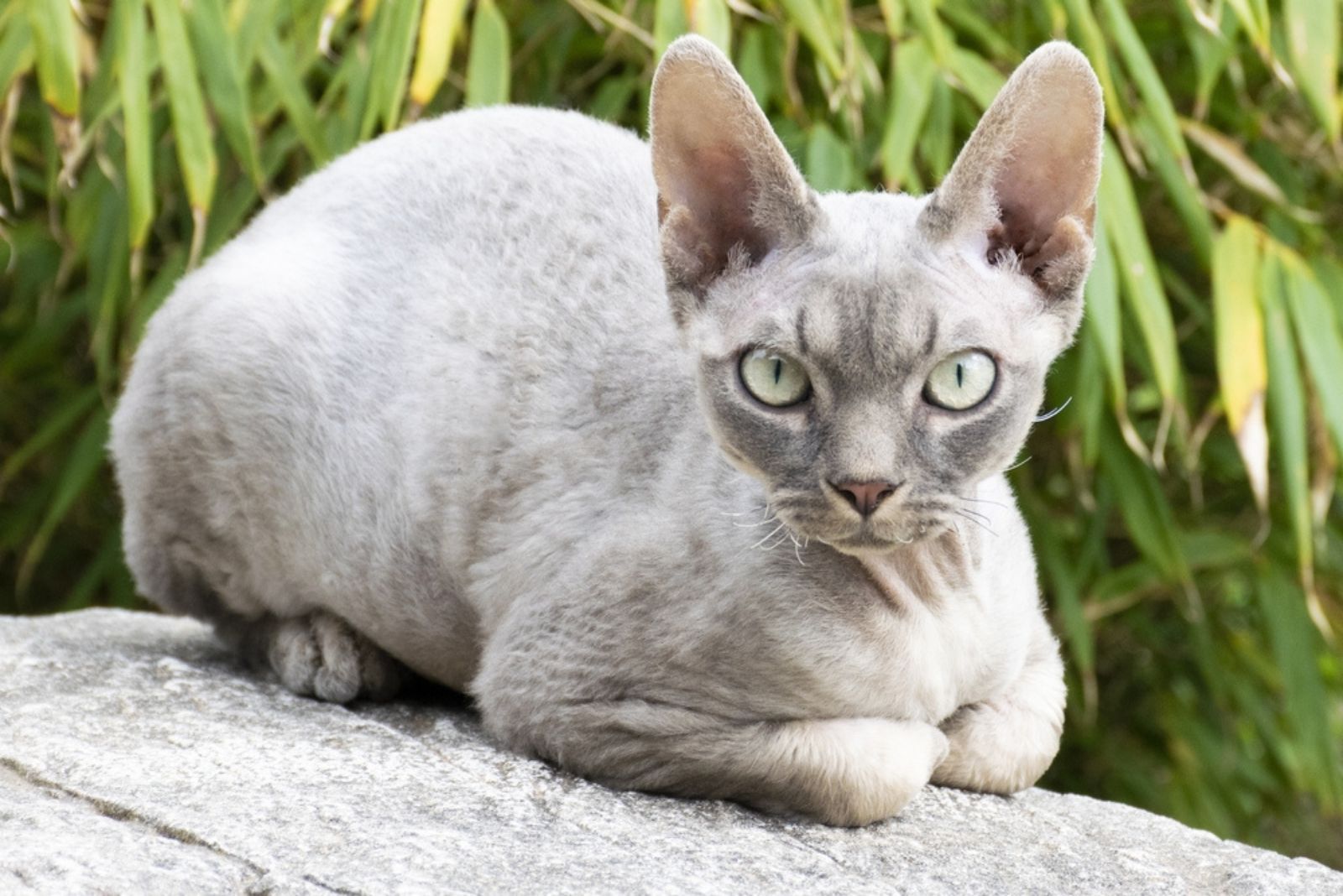
Whenever I hear Devon Rex, two words come to mind – tiny and curly. Indeed, these kitties are small cats, and they have very interesting curly coats. Not a lot of cats have curly coats, so Devon Rex kitties can be considered very unique in the cat world!
Some people even say these cats resemble a pixie or an elf because of their distinctive facial traits (such as large, expressive eyes) and butterfly ears. And I must say, I agree!
Another interesting feature is that their fur tends to be fragile, so owners must take extra care not to groom them too harshly, as their fur can completely break off.
When it comes to their personality, these kitties are extremely active and love playdates with their owners. They also love to be cuddled, and will give cuddles in return!
3 Fun Facts About Devon Rex Cats:
• They are very social cats and they don’t like being left home alone for a longer period of time.
• They are known to be highly intelligent and trainable; they can learn tricks and commands easily.
• They are considered to be one of the more hypoallergenic cat breeds, which makes them suitable for people with mild allergies to cats.
4. Korat
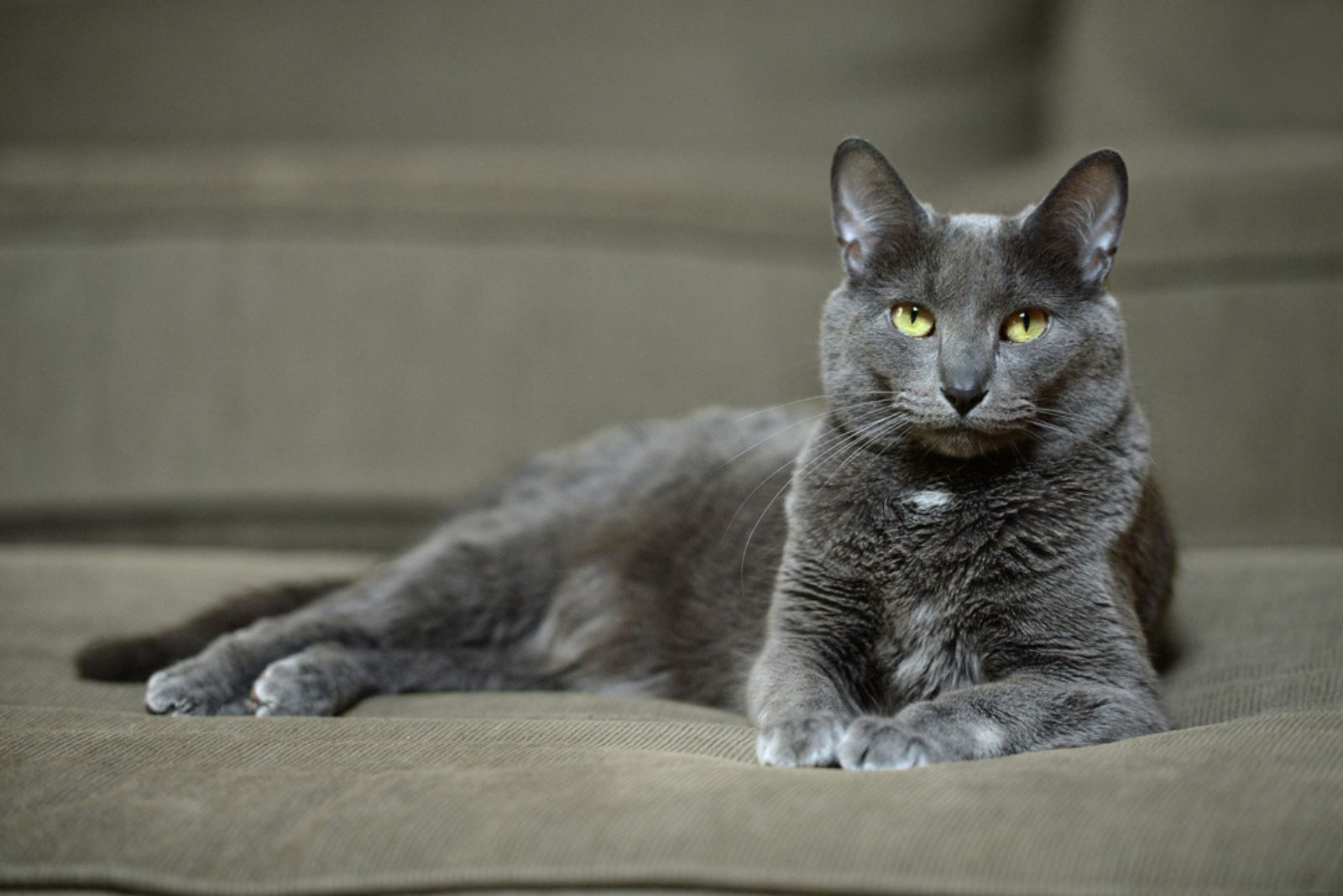
Not a lot of people know about Korat cats, as they’re a rare breed you don’t get to see every day. Nevertheless, they’re true stunners!
They got their name from the province in Thailand they come from, which people of Thailand call Korat.
They are one of the oldest natural cat breeds, with almost no change in their physical appearance throughout the years.
An interesting fact about these cats is that they’re slow-maturing. For example, the Korats do not develop their bright green eye color until they’re between two and four years old!
Korats are “the best of both worlds” when it comes to their social side; they love playing with their owners and the rest of the household, but also love their independence and alone-time.
3 Fun Facts About Korat Cats:
• Korats are believed to be a symbol of good fortune in their native Thailand.
• They have excellent memory, which makes them stand out from many other cats.
• Their short coats require minimal grooming, making them the perfect pet option for owners that don’t want to deal with a lot of grooming.
5. Nebelung
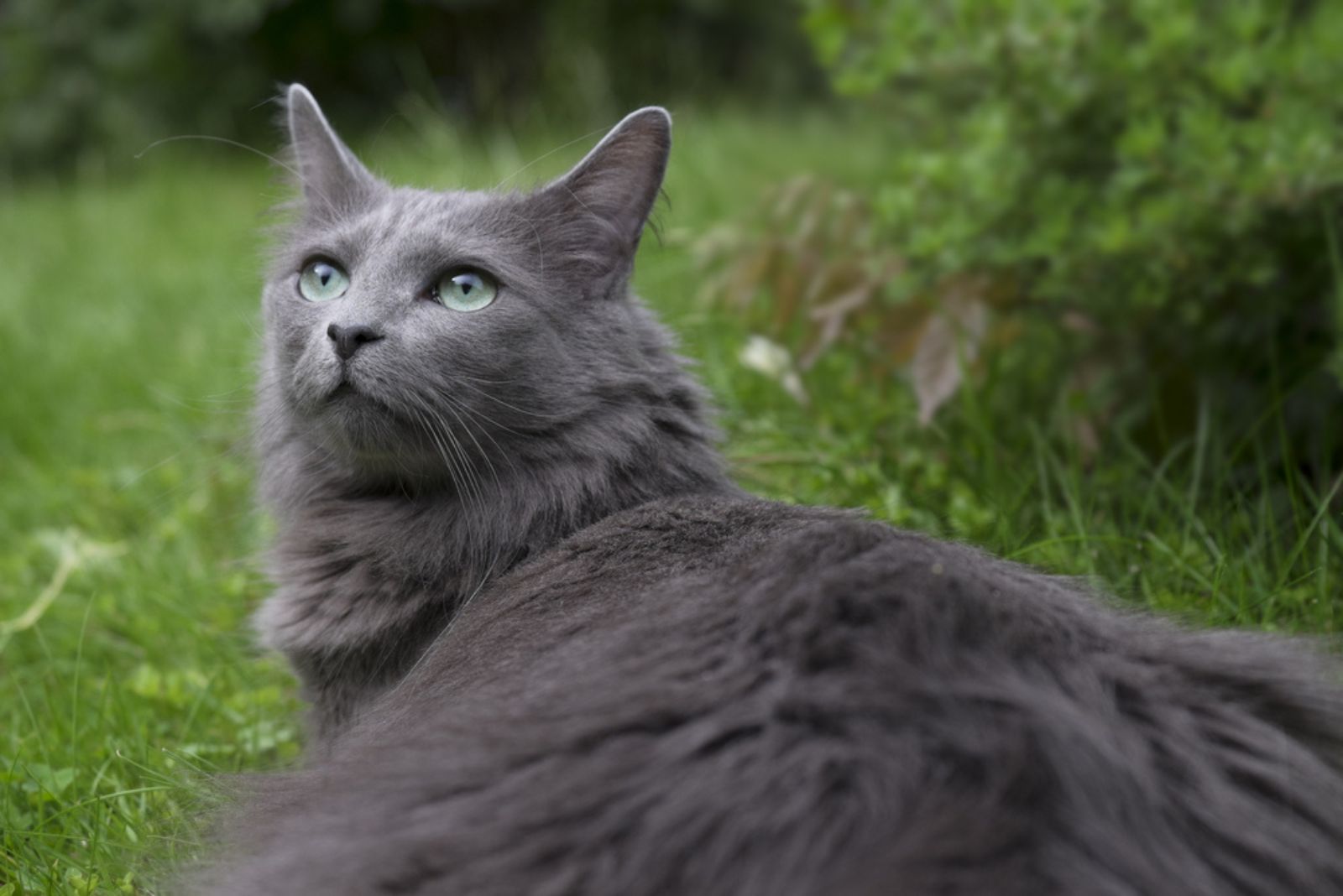
I’ve been a cat enthusiast for quite some time now, and I must say, I don’t run into Nebelung cats very often, not even online. They are very rare, and (unfortunately) I’ve actually never seen a Nebelung cat in person.
One thing every Nebelung cat has in common is their long, gray fur. They have a double coat, which is surprisingly soft to touch!
Nebelung cats are said to be more clever than the majority of other cat breeds, and they are also incredibly lively!
They are said to be wonderful family pets since they’re very loyal and devoted, even to household members other than their owners!
3 Fun Facts About Nebelung Cats:
• Their name is of German origin, and it means “the creature of the mist”!
• They are very similar to Russian Blue cats, and many people confuse the two.
• They are excellent climbers.
6. Peterbald
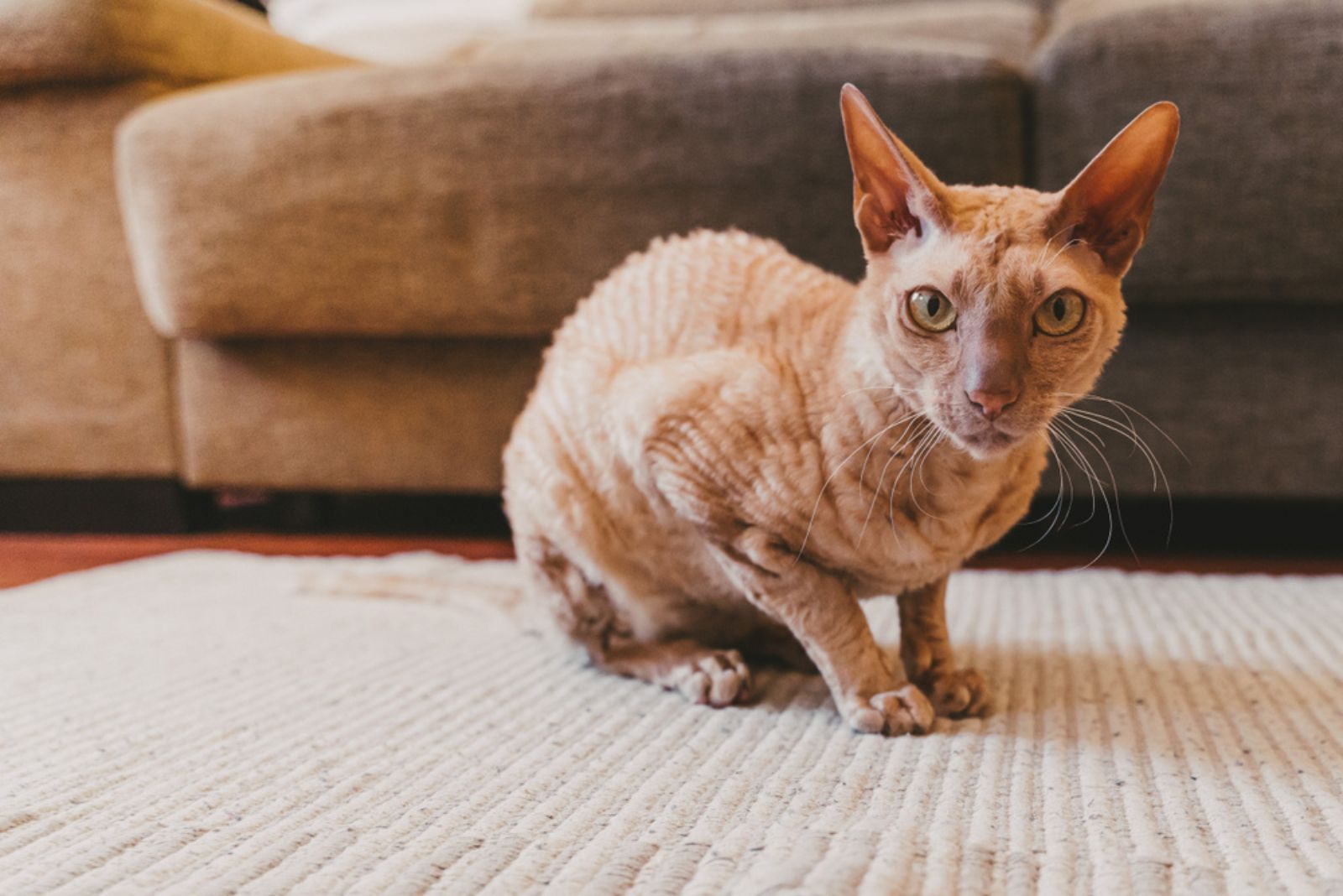
Peterbald cats remind us of Oriental and Sphynx cats due to their facial features and short fur, right?
They’re most similar to Oriental Shorthairs (our number one cat on this list!), as the female cat used to create the breed was an Oriental Shorthair.
They’re a relatively new cat breed bred in St Petersburg, Russia – hence the name Peterbald.
Peterbald kitties come in various colors and patterns, but what’s even more interesting is that they come in five coat varieties; completely bald, 90% bald, 70% bald, brush-type (meaning their coat feels like felt) and shorthaired.
If you’re looking for a loyal cat breed – you’ve found it! Peterbalds are famously devoted to their owners, with some comparing them to dogs due to this trait!
3 Fun Facts About Peterbald Cats:
• Most Peterbald cats experience a complete change of fur by the time they’re two years old (with some losing it forever!).
• Due to their short coat (or having no coat at all), they are sensitive to temperature changes, so their owners need to be mindful of that.
• These kitties love attention, and will demand it if you don’t give it to them willingly.
7. Havana Brown
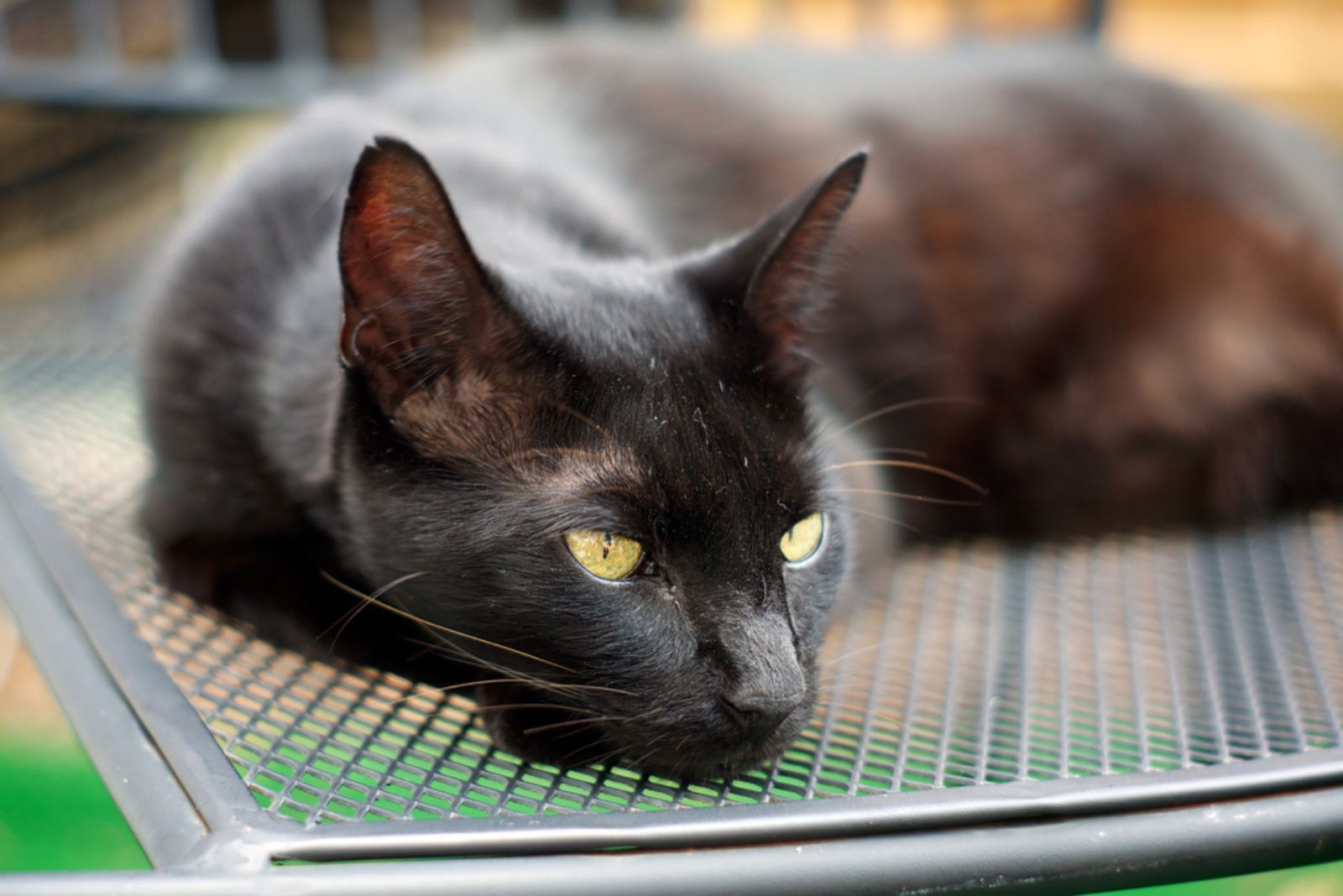
What do you get when you mix a Siamese cat and a domestic black cat? You guessed it – the Havana Brown. This is what happened in England in the 1950’s. A little over a decade later, the cat was officially accepted in The Cat Fanciers Association cat registry.
They are famous for their beautiful chocolate brown coat color, and I must say, they’re true beauties!
The shade of brown in their coats varies from one cat to another, with some cats even having a reddish undertone to their coats.
Havana Browns are especially clever cats. They often use their paws to both explore items and interact with humans. As guests arrive, curiosity will draw them to the entrance straight away!
3 Fun Facts About Havana Browns:
• Havana Brown kittens show their tabby markings, which disappear slowly as the cat approaches its first birthday.
• The paw pads of these cats are always pink-colored, and any other coloring is considered a breed deviation.
• They form strong bonds to their owners and do not like to be left alone for long periods of time.
8. Somali
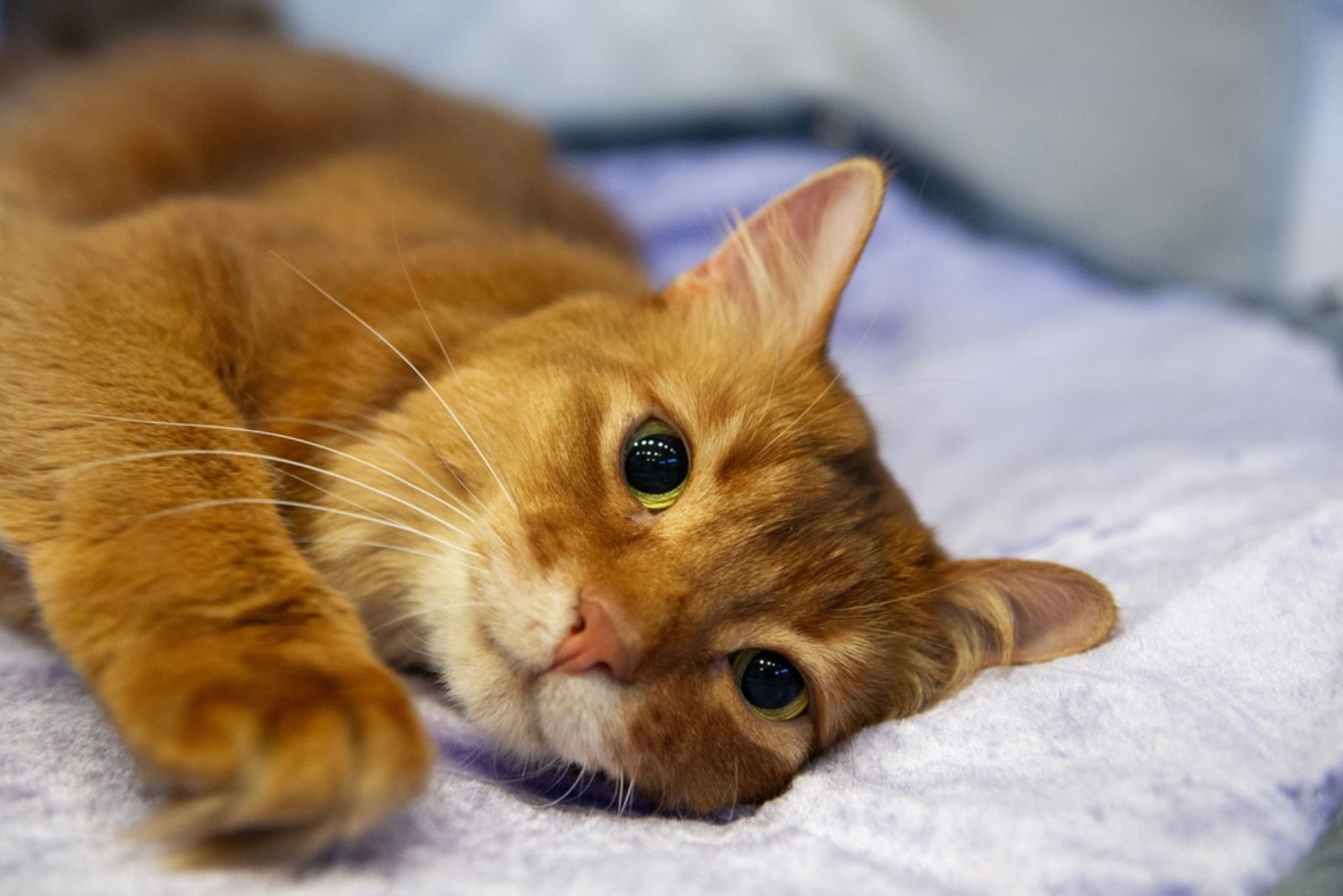
Somali cats are a long-haired breed of cat that are known for their distinctive, bushy tail and wild, feral appearance.
They very much resemble Abyssinians, as Abyssinians were used in the creation of this cat breed. However, the major difference is the coat length; Abyssinians are short-haired and Somalis are long-haired.
If you’re looking for an energetic, social cat, the Somali cat is perfect for you! But don’t worry – they’re not high-maintenance and they will not break every ornament in your home!
Because they love to jump and climb, cat trees and high perches are a must-have for Somali cats.
3 Fun Facts About Somali Cats:
• Due to its bushy tail, some people call these kitties fox cats.
• If you take a closer look at the color of their fur, you’ll notice their coat color is darker along the spine.
• They are said to be a very intelligent cat breed.
9. Snowshoe
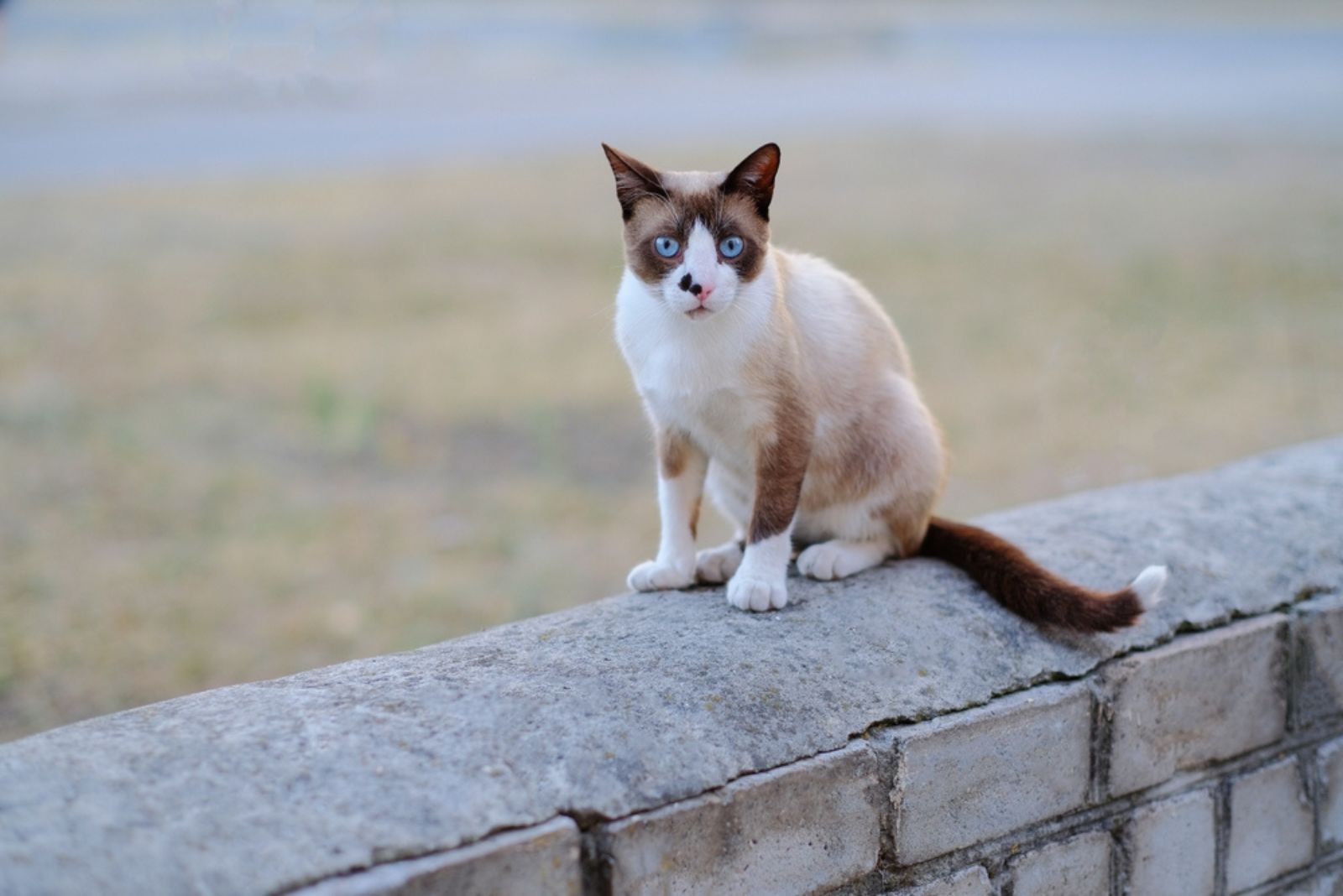
The Snowshoe cat is a relatively new breed, first developed in the United States in the 1960s. The story of how they originated is an interesting one – a Siamese breeder’s cat delivered kittens with the Siamese pattern, but with white feet. And the rest is history…
These cats are very rare, as breeding cats with their breed characteristic is very difficult. So if you have a Snowshoe cat, it’s a gem, let me tell you!
Snowshoe cats are known for their affectionate nature and they enjoy cuddling and being close to their owners. They have a high need for attention, and do not like being left home alone.
3 Fun Facts About Snowshoe Cats:
• They are a very healthy cat breed, and can live up to 20 years old.
• They are an intelligent cat breed, and can even be taught tricks.
• They are said to be quite mischievous, and need a lot of toys to keep them occupied.
10. Russian Blue
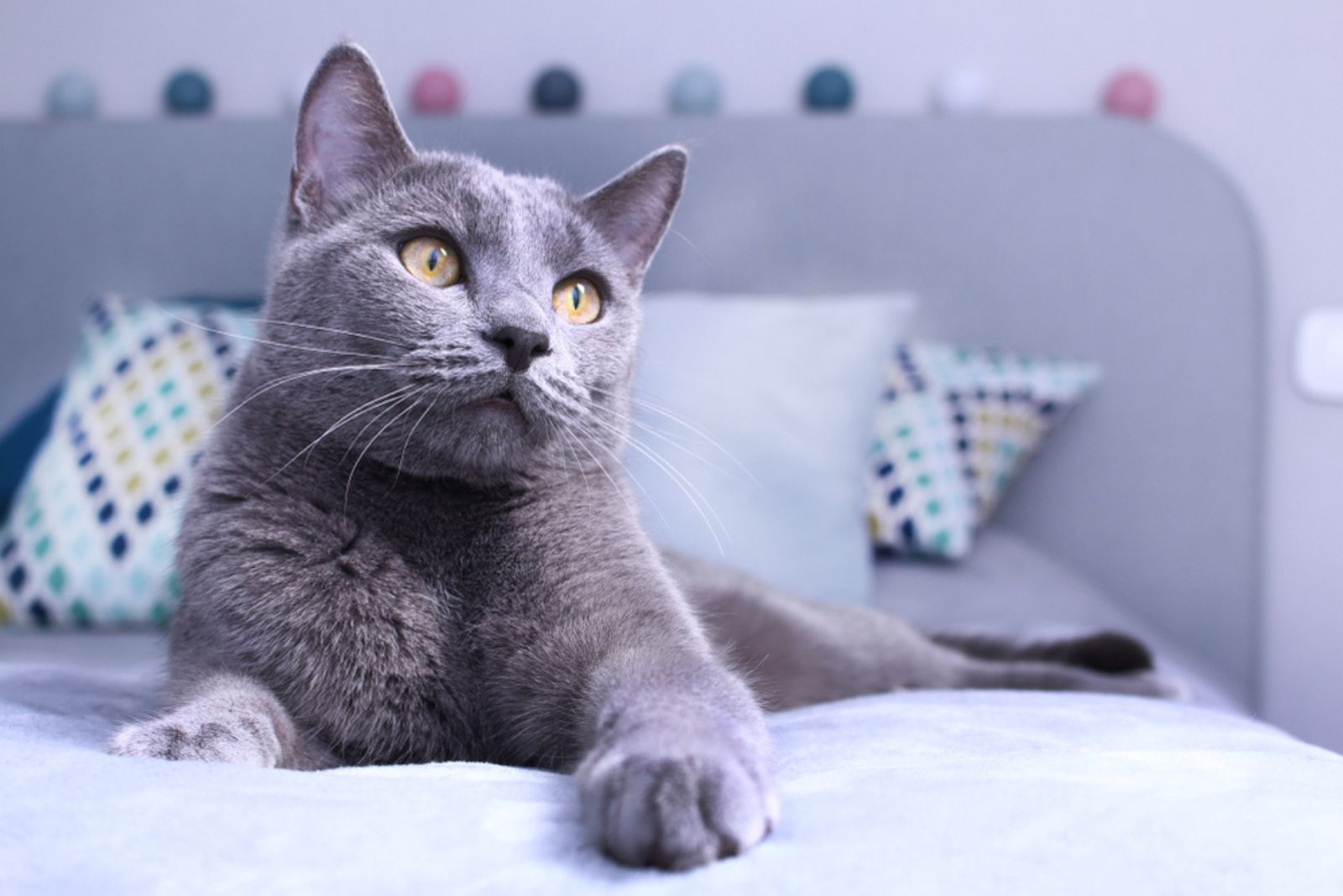
Russian Blue cats are a natural cat breed that has its roots in Russia, as you can guess.
The fur is typically a soft, silvery-blue color, which gives the breed its name.
Their coat color is their most distinctive feature and it is considered a breed standard for the Russian Blue. Therefore, you’ll never find a white Russian Blue cat, for example!
Russian Blues are often very calm cats that are not very fond of strangers. They are also not very fond of changes in their routines or environment.
They are extremely athletic, and very intelligent as well. They have great memory and can remember where you left their favorite toy and go to get it themselves!
3 Fun Facts About Russian Blue Cats:
• Their second name is Archangel Blues.
• Their coat color is the result of having two recessive dilute genes (one from the mother and one from the father).
• They are said to be a great option for people with cat allergies, as they’re a hypoallergenic cat breed.
11. Chausie
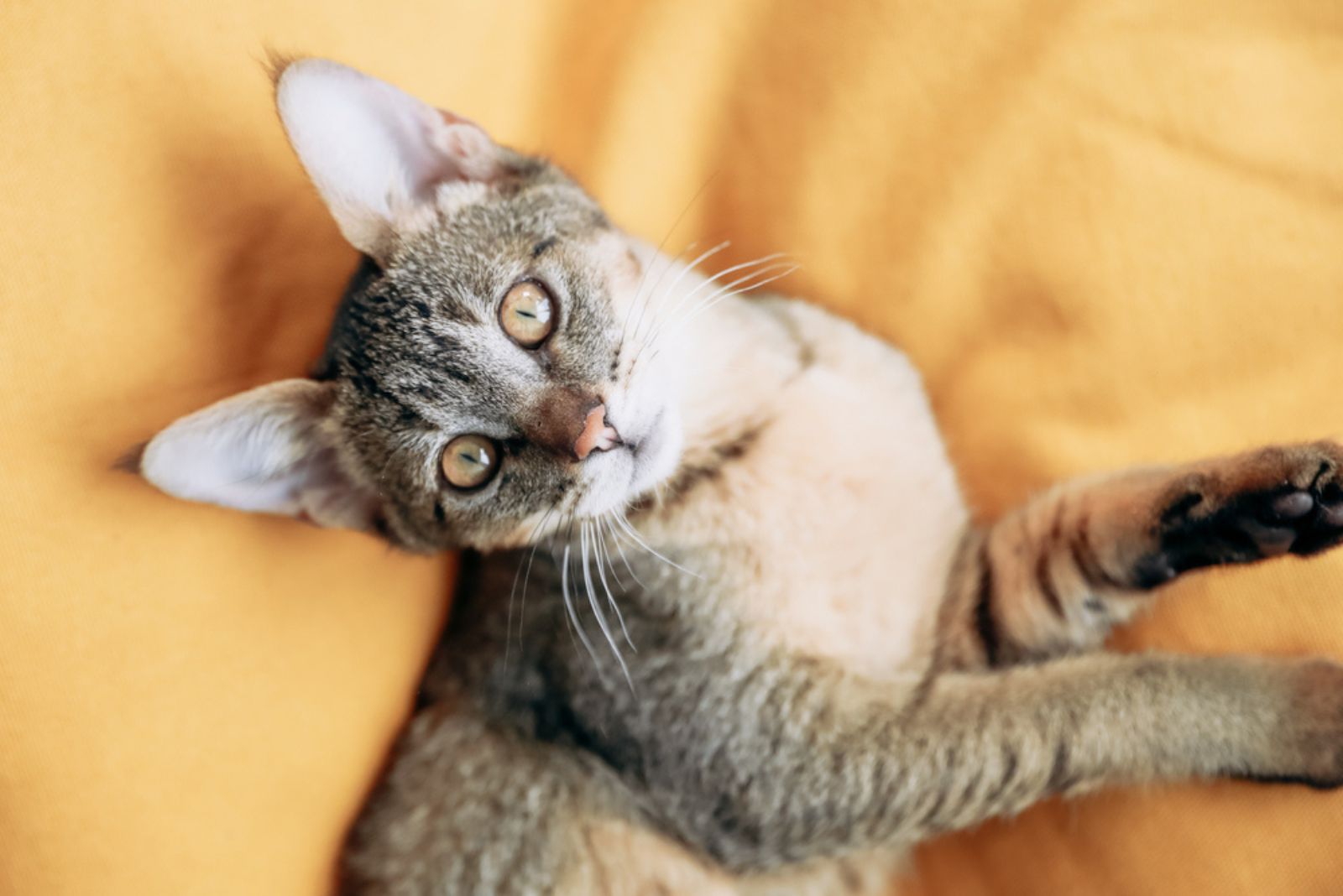
Do you know any ancient cat breeds? If you don’t, now you do – Chausie! The origins of this cat breed are in ancient Egypt!
Another name for his cat breed is the Mountain Cougar. Why, you may ask?
Chausie cats are a breed of domestic cats that were developed by breeding a wild African Jungle Cat with a domestic cat. You can see traces of their origin in their orange coat color and grizzled pattern!
These kitties are very active and love to run around the house, so they need a lot of toys and playdates with their owners to keep them happy.
3 Fun Facts About Chausie Cats:
• They are great climbers and have amazing hunting skills (owing to their wild ancestors!).
• They are large cats with an athletic build.
• When it comes to their personality, they seem to have forgotten their wild ancestry, as they’re extremely loving and well-tempered.
12. American Curl
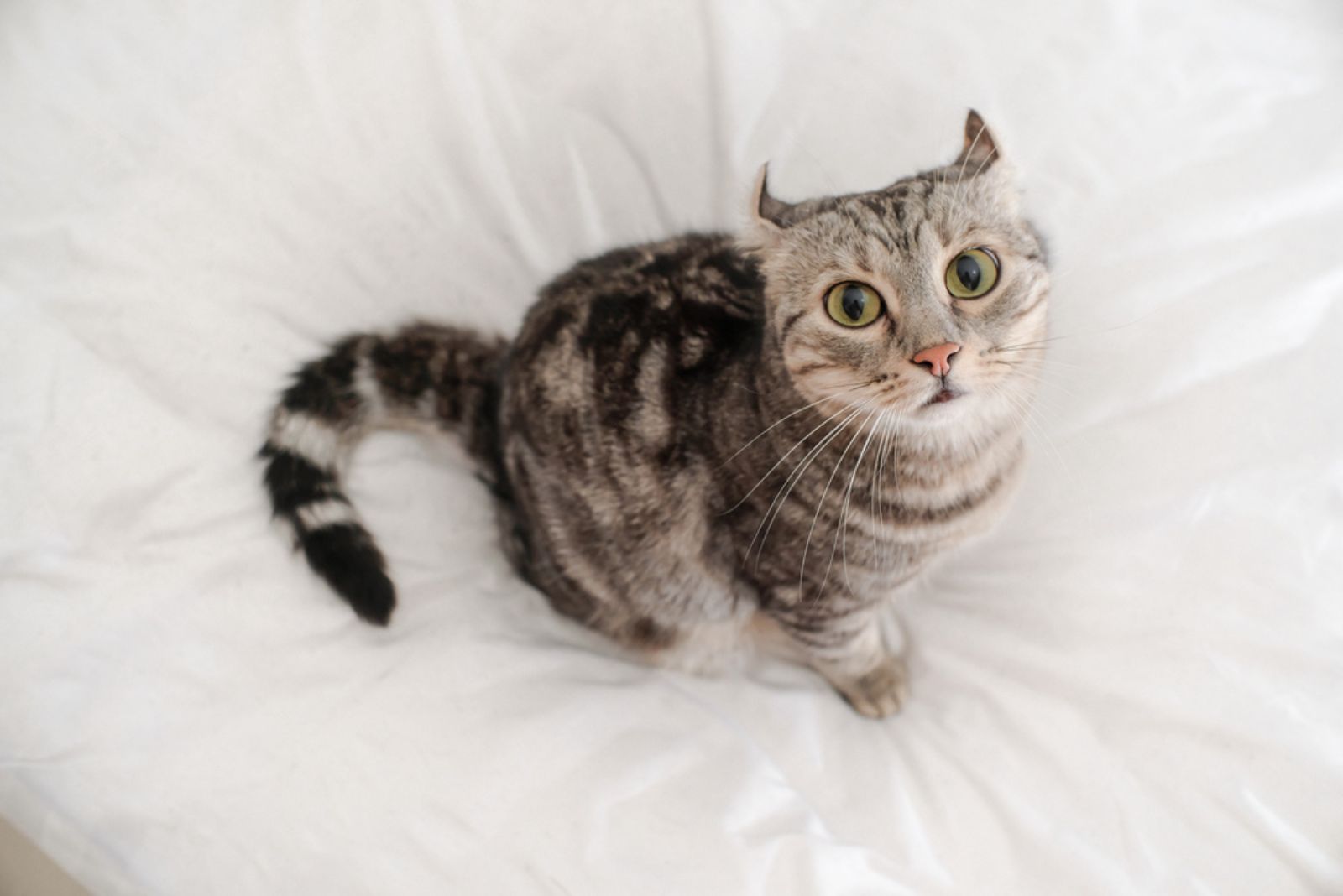
If you’re not a huge cat enthusiast, it’s not very likely you’ve acquainted with this cat breed, as it’s a relatively new and rare cat breed. However, these kitties are becoming more and more popular every year.
Their characteristic curled ears are a result of an autosomal dominant gene mutation, but this mutation has no impact on the cat’s health, so American Curls are perfectly healthy.
Another interesting feature is that their ears do not start to curl until they’re about three weeks old!
American Curls are very loving and social cats that get along with everyone in the household, making them the perfect family pet!
3 Fun Facts About American Curl:
• American Curls love their cat trees, so make sure to get one if you don’t already have one.
• The Cat Fanciers Association recognizes both shorthair and longhair varieties.
• The breed originated in California in the 1980s.
13. Turkish Van
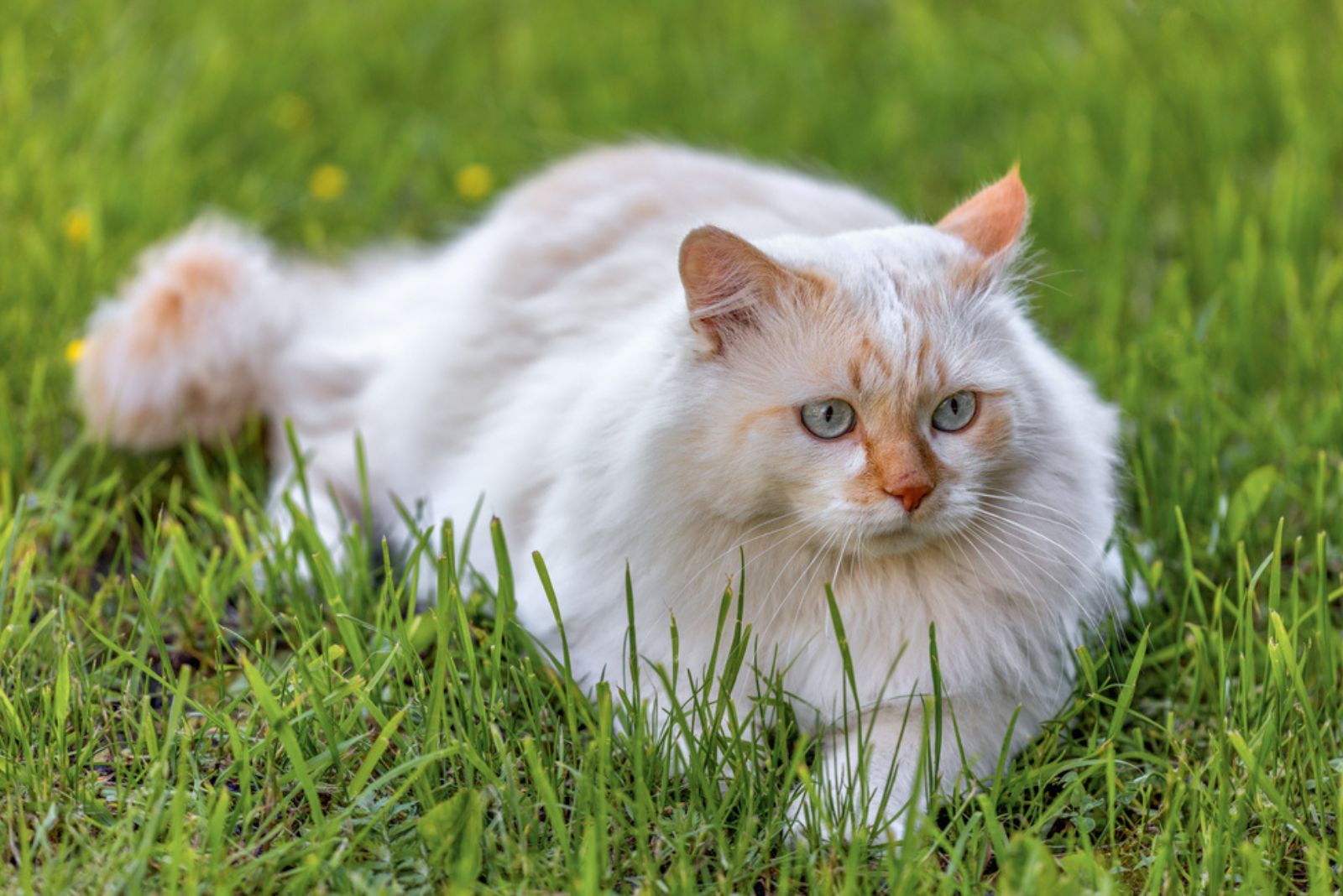
How can you easily recognize Turkish Van cats? Well, Turkish Van cats are known for their semi-long, silky coats that are normally white with colorful patterns on the head and tail, often known as the “Van” pattern.
The Van pattern arises due to the so-called “piebald” gene. The “piebald” gene causes these cats to have large portions of their body without pigment, therefore their fur is primarily white.
One characteristic that sets these cats apart from others is their love for swimming. How come? Well, since the breed is local to Turkey’s Lake Van region, it makes sense these kitties love water!
When it comes to their personalities, you can expect a Turkish Van cat to jump onto any and every high surface of your home. They have very strong hind legs that allow them to jump wherever they want.
They are very loving, so don’t be surprised when they come to your lap for a cuddle session.
3 Fun Facts About Turkish Vans:
• If your home is filled with nice ornaments and things that easily break, you’ll need to remove them before you adopt a Turkish Van, as they’re very active and love to jump around the house.
• They need lots of toys and cat trees to keep them entertained.
• Many people describe their Turkish Vans as very dog-like in their personality.
14. Tonkinese Cat
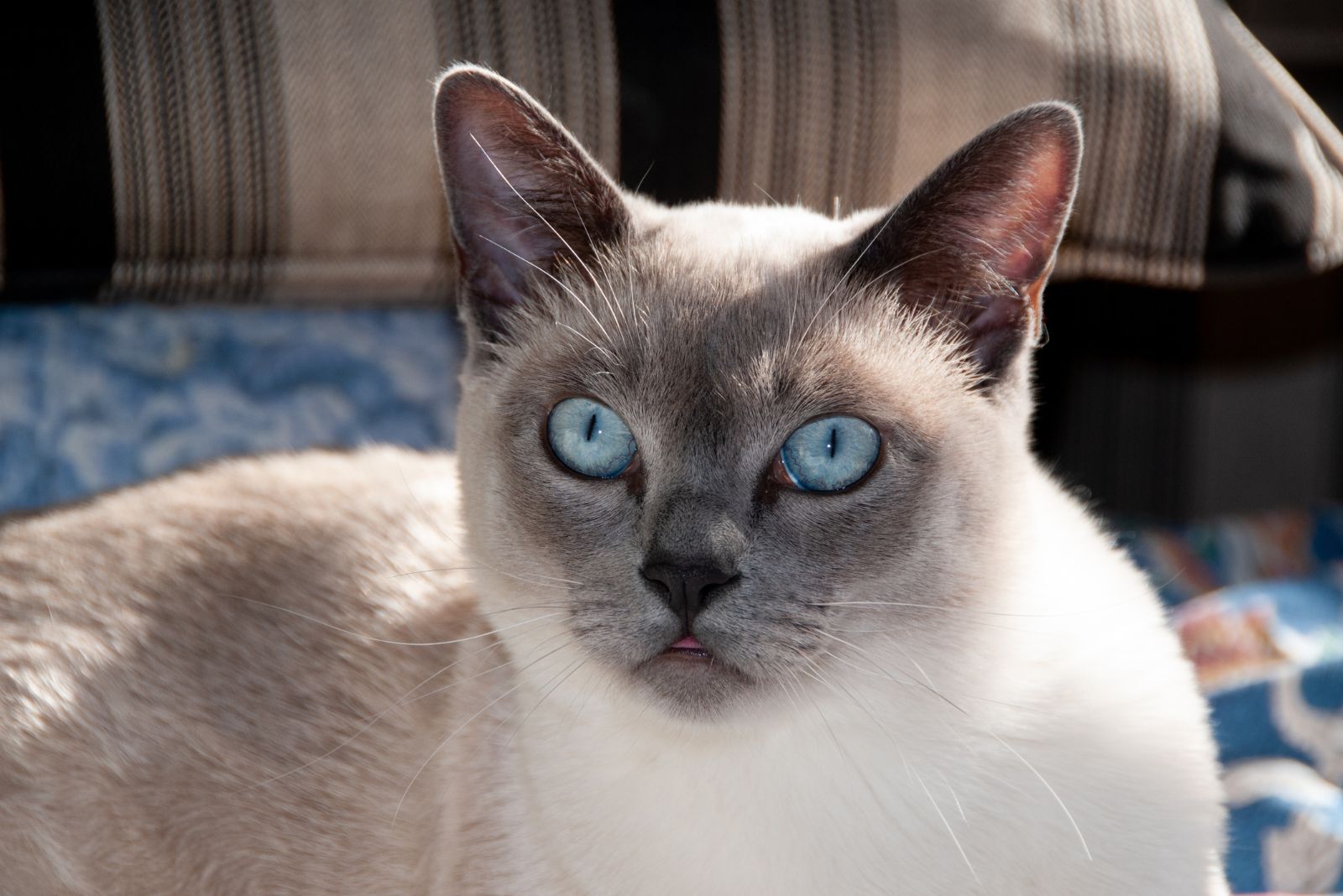
Tonkinese cats are a mix of the Siamese and Burmese breeds, and their charming, big noses match their playful, affectionate personalities. They are known for being highly social and vocal, making them ideal companions for those seeking a cat that loves attention.
3 fun facts about the Tonkinese:
• Vocal and Chatty: Tonkinese cats are not shy when it comes to speaking their minds. They are very vocal and enjoy “talking” to their owners, whether they’re asking for attention or simply expressing themselves.
• Affectionate and Playful: These cats are incredibly affectionate, often following their owners around the house and seeking attention. They are playful well into adulthood and enjoy interactive toys and games.
• Love Water: Unlike most cats, Tonkinese cats tend to love water. They often play in sinks, bathtubs, and even enjoy a good splash in the shower, making them a bit of an oddity in the feline world.
15. Abyssinian Cat
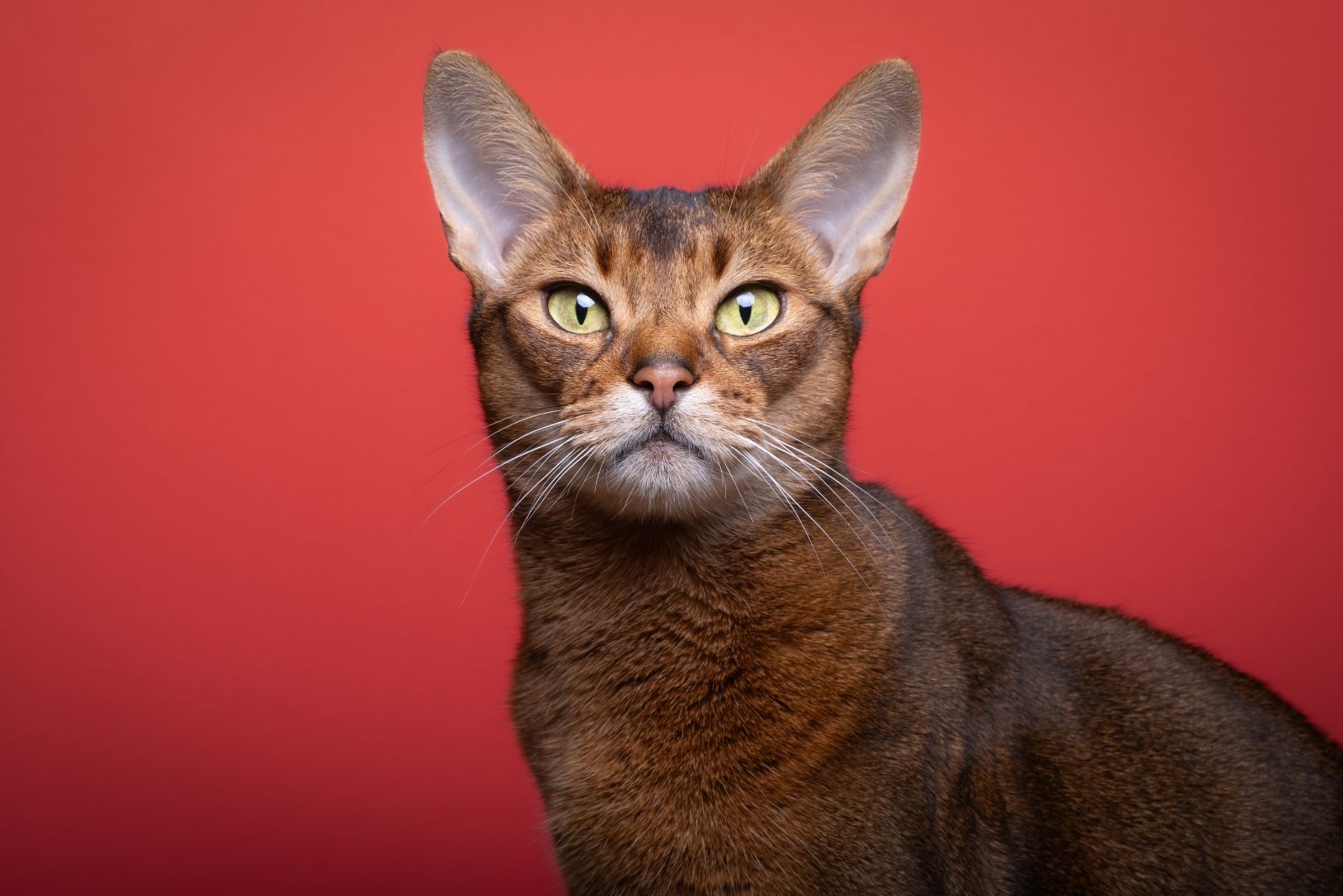
Abyssinians are known for their graceful looks, sleek bodies, and elegant, slightly rounded noses. They are active, curious cats that enjoy engaging with their environment.
3 fun facts about the Abyssinian:
• Highly Active and Agile: Abyssinians are one of the most active and agile cat breeds. They enjoy climbing, jumping, and exploring their surroundings, making them excellent at solving puzzles or playing fetch.
• Intelligent and Trainable: Abyssinians are incredibly smart and can be trained to do tricks, walk on a leash, or even use the toilet. They thrive in environments that provide mental stimulation and challenge.
• Affectionate But Independent: While Abyssinians love spending time with their human family, they are also quite independent. They will often follow their owners around but also enjoy spending time alone exploring or lounging in high places.

